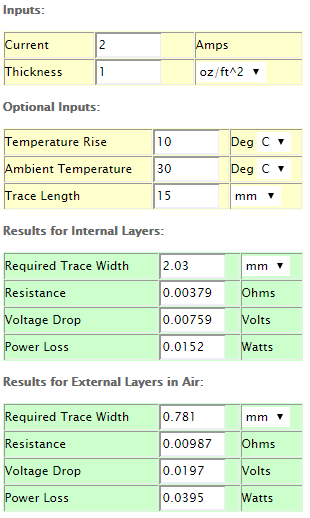@Soloam I'm actually not using 2 100nF capacitors, but 1 100nF and 100 uF capacitor. Exactly for the reason that scalz mentioned. :) I'm not saying these are the perfect values to use, but I came across similar values some time ago, and these give me a decent and stable voltage.
The width of my copper traces is 2mm for the entire high voltage circuit. I have used a trade width/thickness calculator, and it should be more than sufficient to power the HLK-PM01.
However, it is not sufficient for the traces between the relays and the connectors because it should be able to handle up to 2A (limiting factor of the solid state relays). That's why I have designed this board with open air traces between the relays and the connectors. That way it's possible to reinforce the traces with solder, after which it should be able to withstand 2 Amps.
And good luck with designing your version of the board! If there is a way to decrease the board size even further that would be great!

